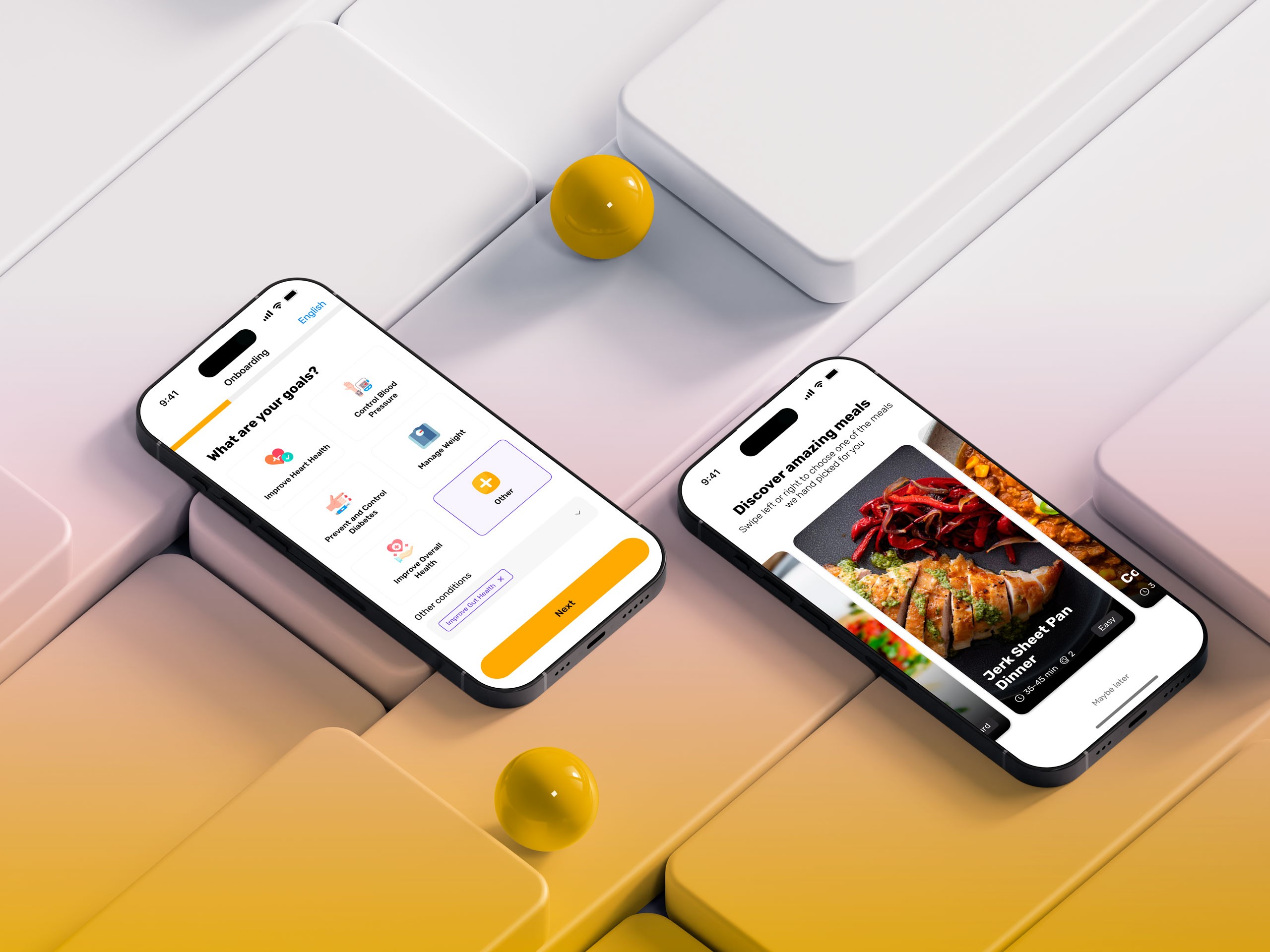Reshape Health Grant Winner
Democratizing skin cancer detection for every skin tone
We partnered with SkinCheck to do a deep dive into their users’ experience — uncovering insights to improve the current journey and reimagine their app for smarter melanoma detection and lesion tracking.

The vision
SkinCheck closes the gap in skin-cancer detection by eliminating tone bias and teaching people to run simple, routine self-checks, regardless of skin color.
The Transformation
In just eight weeks, we tackled SkinCheck’s two biggest challenges: habit formation and color bias in AI. A redesigned user experience, paired with a rebalanced Vision Transformer (ViT) model, boosted dark-skin accuracy from 0.83 to 0.91.
Healthcare
Design
Team
Product Manager
UX Researcher
UX/UI Designer
ML Engineer
UX/UI Workstream
What we did
In-depth expert dermatologists and sponsor interviews
In-depth user and prospect interviews
Quantitative In‑app survey (n = 62)
What we delivered
Key user archetypes (Anxious Checker, Caregiver, Vigilant Observer, Chronically Affected Expert)
Journey Map; pinpointing key friction touchpoints at the onboarding, scanning, and tracking flows.
Hi‑fi prototype design and iterations based onusability testing.
AI/ML Workstream
What we did
Audited CycleGAN + CNN; confirmed artefact noise & synthetic tone swap.
Aggregated 11 public datasets → 100 k images (×12 dark‑skin).
Auto‑tagged tone via ITA, enforced 50/50 batching, added RandAugment.
Swapped to ViT (ImageNet weights), using an early‑stop and tracked training process in W&B.
What we delivered
A clean, documented dataset scheme.
A trained ViT model & bias dashboard.
A Strategic Roadmap: hyper‑param, teacher–student & segmentation next steps.
Our process
The UX/UI Process
For this specific Grant, we led with research. Combining qualitative (expert & user interviews, usability tests) and quantitative tools (in‑app survey, GA4) let us map the full user flow, surface pain points, and validate every design and model iteration in real time.
The AI/ML Process
We attacked SkinCheck’s biggest technical risk head-on: domain bias. Public datasets are packed with light–skin images; dark–skin samples are scarce and the old CycleGAN + Inception V3 pipeline still leaned on that bias.
Experts and the Process
By interviewing key dermatologists and two strategic sponsors to uncover the root causes of user drop‑off and to shape a data strategy for future personalization. Their clinical and business perspectives highlighted two priorities

"The passion and expertise Arionkoder put into this really shines through. This work is amazing. You put the expertise into some solid and lucky infrastructure we had. We think this could be really pivotal both for the usability setting from the user but also really helpful on the AI piece"
Julian Abhari
Founder @ Skin Check

Transformation
takeaways
We turned SkinCheck’s rapid growth (12k new users in three months) into a clear, evidence-backed roadmap. Deep interviews, a 62-response in-app survey, and funnel analytics exposed friction points in onboarding, scan feedback, and reminders. These insights shaped two parallel tracks:
A core‑flow redesign concept captured in a hi‑fi prototype for upcoming UX implementation.
A fair‑AI overhaul that raised dark‑skin AUC from 0.83 to 0.91 and lifted global F1 from 0.39 to 0.56.
The result
A validated roadmap grounded in real user pain points and expert input — setting SkinCheck up for habit-forming features, smart personalization, and referral loops as development moves forward.




